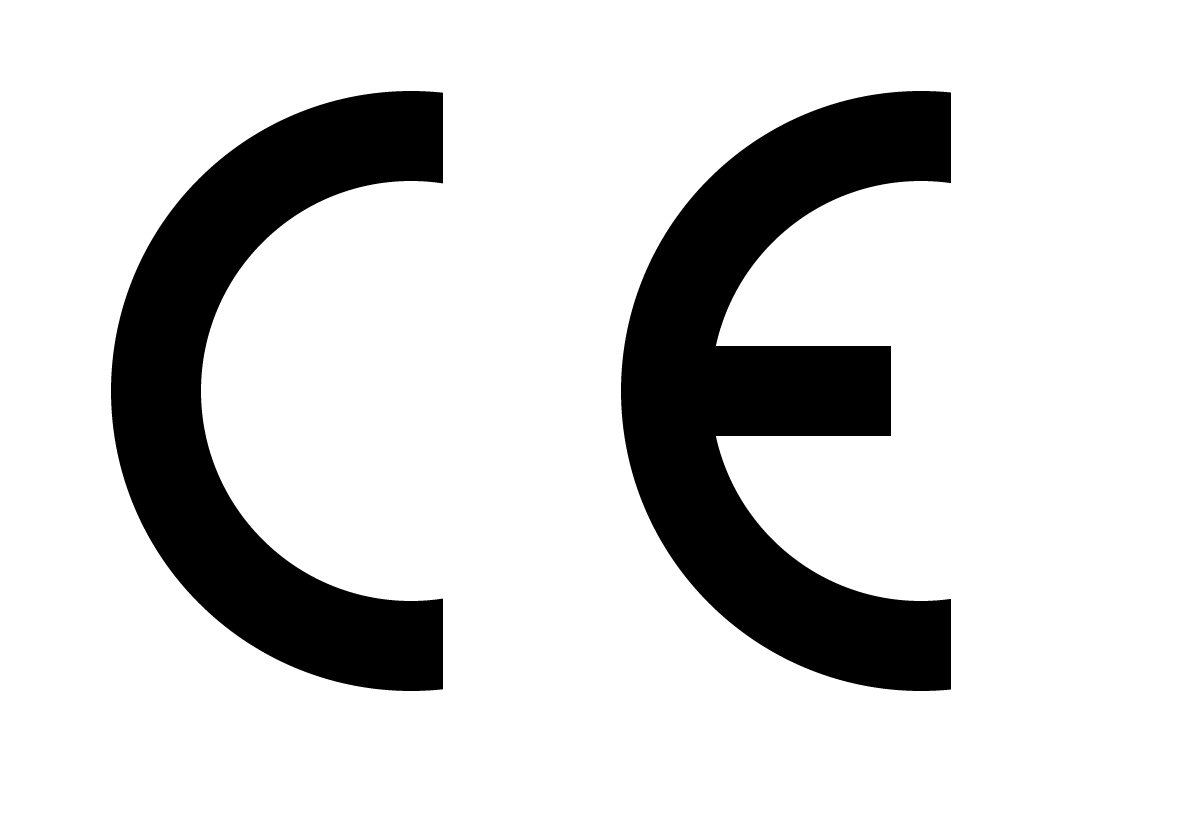Every piece of motorcycle gear you buy protects you in some way (hopefully), this can certainly be said of the gear that Bike Stop sells as we only stock items from reputable brands. It’s all well and good that companies can claim their gear is protective, but should you take them at their word?
Standards are one of the key aspects of modern living – the reason why your phone will connect to 4G, your microwave doesn’t go bang when it’s plugged in, or your jacket’s armour can actually take an impact and not pass all the force onto you. Regulation and standards have their positives and negatives, however what they do provide is a minimum level that you can expect from an item.


There’s one that you’ve probably seen on just about everything – ‘CE’. This is one of those things that people see on labels and often just gloss over, however it stands for ‘Conformité Européen’, or European Conformity in English. As you’ll have seen this initialism absolutely everywhere you can only guess at how wide ranging these standards are. What are they there for? To ensure you get a product that does what it says it’ll do and isn’t going to catch fire, amongst other things.
Motorcycle gear used to avoid being classified under CE, until April 2018, at which point it started to come under Personal Protective Equipment, or PPE, which many of us in many workplaces will have heard of.
CE is a standard that’s been created by the European Economic Area to ensure things sold within it, or made there, meet a minimum standard. While we might be about to leave the EU it’s safe to say that CE markings won’t be going anywhere, with most things we buy either also being sold in the EU, or made there.


The CE standard that affects motorcycle gear is that of EN 17092, and while many pieces of gear will exceed this standard, the fact that you can guarantee a minimum level of safety does mean something. Of course there are flaws and other points of contention to the testing, as with most safety testing, however that’s a debate for the politicians, economists and experts of the world.
The last standard for bike gear was EN 13595, however the industry gave it a pretty stiff ignoring on account of it only being specified for professional use, not for leisure. This highlights one of the issues with standards – industry likes to disagree with them, sometimes rightly, sometimes wrongly.
So, we’ve got a standard nowadays that manufacturers have to now comply with, but what does it actually guarantee?


As with helmet testing, the idea is that multiple realistic factors are covered to ensure that certain aspects about a piece of gear will perform. EN 17092 covers tear strength, seam strength, impact abrasion resistance, dimensional stability and innocuousness. Now, three of those are pretty easy to guess, but two are less so.
Tear strength covers the ability for a bit of material to hold itself together after being cut – technologies such as Cordura and aramid fibre materials are exceptionally good in this area.
Seam strength, obviously, covers how strong seams are in a garment – you might have excellent abrasion protection, but if your sleeve comes off it’s not much use!
Impact abrasion protection is the final obvious one, this check hits a garment against a moving abrasive surface, with the goal to remain intact as best as possible. Again, Cordura and aramid fibres are very capable at this.
The less obvious dimensional stability checks that washing the garment doesn’t ruin it. It checks for minimal shrinkage, so it’ll still fit, and that protective areas remain where they should. More than 5 per cent shrinkage and it fails – if only some t-shirts had that standard!
The least obvious standard is innocuousness, and we’re not talking about how understated or stylish the garment is! This covers the chemical makeup of the garment, is it going to cause a user harm? Dyes, pH levels and known hazardous chemicals are tested for to ensure they aren’t going to irritate skin or anything else.
Gear manufacturers were given a year to ensure their gear was up to scratch to continue selling it as motorcycle-safe. Like or loathe the standard, you would rather hope that the average jacket could hold up to the tests, and thankfully reputable manufacturers didn’t have too much trouble.
These aren’t the only standards that you’ll come across with bike gear however; boots, armour, gloves and airbag gear have their own standards to meet. Nowadays it’s much harder to get gear that isn’t up to scratch, and while it may have squeezed especially budget gear to up its game, the end result has been a better basic level of protection which is only a good thing for riders who actually want to be safe on a bike!
If you need some expert advice then you can have a chat online with us via web chat on our website. The Bike Stop shop in Stevenage is set to close in accordance with the latest Government guidelines, however our online shop is also alive and well and taking orders. You can check out our full range on our website with free delivery for any order over £50 on the UK mainland, and delivery possible to almost anywhere else. Not only that but our ‘No Quibble’ returns policy allows for returns within a 365 day period – see our returns page for more details.





